 Abraham Lincoln
If given the truth, the people can be depended upon to meet any national crisis...
Abraham Lincoln
If given the truth, the people can be depended upon to meet any national crisis...
 Guildford news...
for Guildford people, brought to you by Guildford reporters - Guildford's own news service
Guildford news...
for Guildford people, brought to you by Guildford reporters - Guildford's own news service
Birdwatcher’s Diary No. 170
Published on: 19 Sep, 2018
Updated on: 19 Sep, 2018
By Malcolm Fincham
An unscheduled afternoon walk with my daughter and her dog brought our way, what I’m sure will reveal, some memorable wildlife sightings on the last day of August.
It was of great fortune that I had my camera at hand as we began our walk along the canal towpath that leads to Stoke Lock and the Riverside Nature Reserve from the Woking Road.
Across the far bank of the canal, not far from the road bridge, a grey heron stood, wrestling with something in its long bill.
“What on earth has he got there?” I exclaimed, as I tried to adjust my vision from the bright sunshine into the shadows casting across the water.
“Looks like it’s caught a rat,” my daughter replied. Indeed, it had! I have witnessed a grey heron catch a smaller brown rat before. And swallow it whole too! This one, however, was surely too big for this heron to cope with? And what’s more, the rat was still alive!
Herons are an ambitious, if not an optimistic species. However, It had no wish to concede. To our surprise, and its eventual misfortune, it decided to take flight with it still tightly gripped in its beak.
Struggling to gain height in flight, it opted to land on the towpath before us. And a continuation of its battle ensued. With a moment of hesitation, taking its eye off the game to observe its audience, the rat saw its chance and made a break for it.
Although looking battered and bruised beyond repair, it disappeared out of sight into some brambles by the towpath. Leaving the heron to take flight in the hope of finding something a bit smaller and less challenging – I would hope.
The rest of the walk was quite subdued in comparison. At Stoke Lock the resident muscovy duck type species continued to hang about by the lockkeeper’s cottage, most likely being regularly fed by Richard Cant, the Stoke lenghtsman.
By Stoke Lake was the regular sighting of one of the local kestrels. It could be seen hovering overhead in the field at the southern end of the lake.
A sparrowhawk could also be observed, briefly as it passed through overhead.
Once again, a kingfisher flashed past us. Too quickly to get a decent photo.
A late addition of a small group of a dozen cattle roamed the reserve, feeding on the long grass and doing a marvellous job of fertilising the soil.
A real bonus to the walk was observed along the towpath on our return. Close to the area we had seen the heron with the rat, a grass snake slithered out of the undergrowth and across the path and into the canal.
It wasn’t until it had slid into the water that I had the opportunity to focus my camera. Swift in its movement and apt in swimming, it was only a matter of seconds before it had crossed the surface and disappeared into the undergrowth on the far bank.
The following day was another warm and sunny one. It was a good opportunity to see if I could find, once again, a brown hairstreak butterfly on Pewley Down. My friend Dougal wasn’t with me, when I saw three there, just a few days before. I had recently seen them with him on Bookham Common. Then only at a distance, when looking up at a prominent ash tree along a woodland edge, seeing small clusters of adults flitting around its apex. Congregating to mate and feed on aphid honeydew.
Adult males do also sometimes feed lower down on flowers such as hemp agrimony, common fleabane and bramble. The females are most frequently seen as they disperse widely along hedgerows where they lay conspicuous white eggs on young blackthorn shoots. The butterfly often rests with its wings closed showing orange-brown underwings with two wavy white streaks and small tails. Uppersides are brown with an orange mark.
They have unfortunately undergone a substantial decline in recent years, due to hedgerow removal and annual flailing, which removes eggs.It seemed this year was a good one for them in Surrey. Hearing of reports of them at various locations. We weren’t left disappointed on this occasion either, seeing another three females laying eggs in the blackthorn.
With the butterfly season coming to a close for common blue butterflies, just a few, mostly tatty specimens, could be found on the grassy downs. Although holly blues were still in good number around the ivy bushes.
Small copper butterflies were also still going strong too, reportedly having as many as four broods a year. Small coppers first appear in March and can be seen through the summer and autumn, often surviving until the frosts of November.
Bonus sightings from our visit there were two whinchats that showed well as we walked a track, just to the northern side of Pewley Down.
A wheatear could also be seen on a fencepost close by.
Along with a male and a female stonechat.
The highlight during an afternoon visit to Thursley Common on September 5, was to see several grayling butterflies still out on the wing. These were along the boardwalk by Pudmore pond.
As well as getting a picture of a woodlark.
Back on my local patch, at the Riverside Nature Reserve as the middle of another month drew nigh:
Two mute swans paraded their cygnets along the River Wey.
Great tits and blue tits had already joined up in mixed flocks.
Sometimes joining up with flocks of long-tailed tits.
On a walk around Stoke lake, I could hear the contact calls of at least five chiffchaffs. Even managing a few pictures of a couple as they flitted through the sallows at the water’s edge.
The only bird that seemed to be in song was our iconic robin, serenading me as I walked the footpath.
I also spotted a young toad as it crawled though some long grass.
One of the resident kestrels continued to get its daily exercise, playing “catch me if you can” with one of the local corvids.
As the sun continued to shine, bees gathered on ivy bushes.
While speckled wood butterflies preferred to flit in and out of the shadier spots.
And a worn out and tatty looking red admiral rested a while by the canal bank.
Grey squirrels had become noticeably busier as they balanced on the ends of heavily laden branches, now full of ripening berries for them to feast on.
Of the many unusual sights I have witnessed my rambles, high on my list has to be the one I observed while walking by the southern end of Stoke Lake.
Looking up at the tall hawthorn that grows there, I saw some movement in the brambles that adorn it. At first glance I assumed it to be just another grey squirrel. On a closer inspection I realised that it was in fact a brown rat, perched in the brambles, happily eating blackberries.
Surely not the one I had seen in the heron’s beak at the beginning of this report?
Recent Articles
- Highways Bulletin for December
- Birdwatcher’s Diary No.318 Some Pre-Christmas Rambles
- Merry Christmas and a Happy New Year to All Our Contributors and Readers!
- More Units Added to Solums’s Station Redevelopment
- Vehicle Stop on Epsom Road Leads to Prolific Drug Gang Being Put Behind Bars
- Local Political Leaders Respond to Publication of the English Devolution White Paper
- Flashback: Guildford All Lit Up For Christmas – Then And Now
- City Earn Themselves a Three Point Christmas Present
- Mayor’s Diary: December 23 – January 4
- Inquest into Prisoner Death at Surrey Prison


Search in Site
Media Gallery
Dragon Interview: Local Artist Leaves Her Mark At One of England’s Most Historic Buildings
January 21, 2023 / No Comment / Read MoreDragon Interview: Lib Dem Planning Chair: ‘Current Policy Doesn’t Work for Local People’
January 19, 2023 / No Comment / Read MoreA3 Tunnel in Guildford ‘Necessary’ for New Homes, Says Guildford’s MP
January 10, 2023 / No Comment / Read More‘Madness’ for London Road Scheme to Go Ahead Against ‘Huge Opposition’, Says SCC Leader
January 6, 2023 / No Comment / Read MoreCouncillor’s Son Starts Campaign for More Consultation on North Street Plan
December 30, 2022 / No Comment / Read MoreCounty Council Climbs Down Over London Road Works – Further ‘Engagement’ Period Announced
December 14, 2022 / No Comment / Read MoreDragon Interview: GBC Reaction to the Government’s Expected Decision to Relax Housing Targets
December 7, 2022 / No Comment / Read MoreHow Can Our Town Centre Businesses Recover? Watch the Shop Front Debate
May 18, 2020 / No Comment / Read More







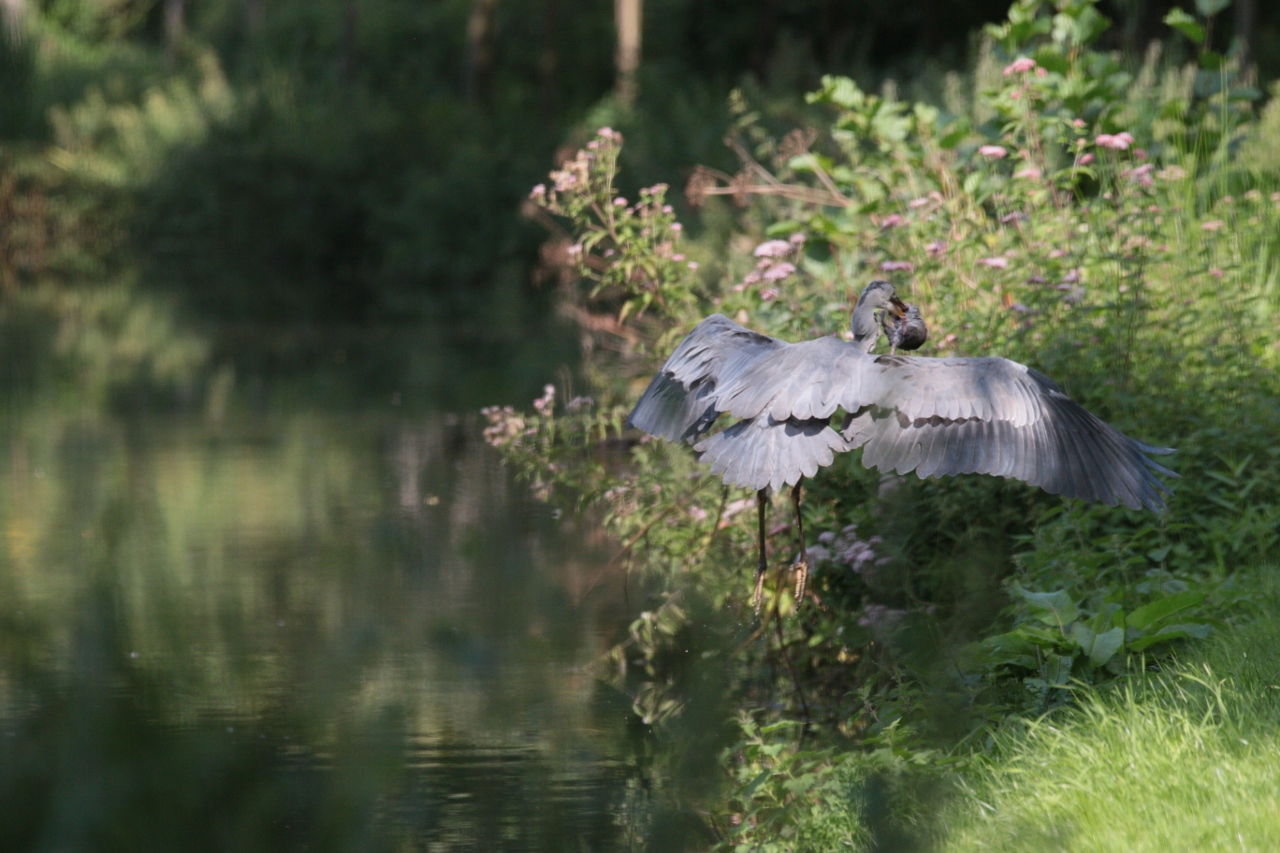
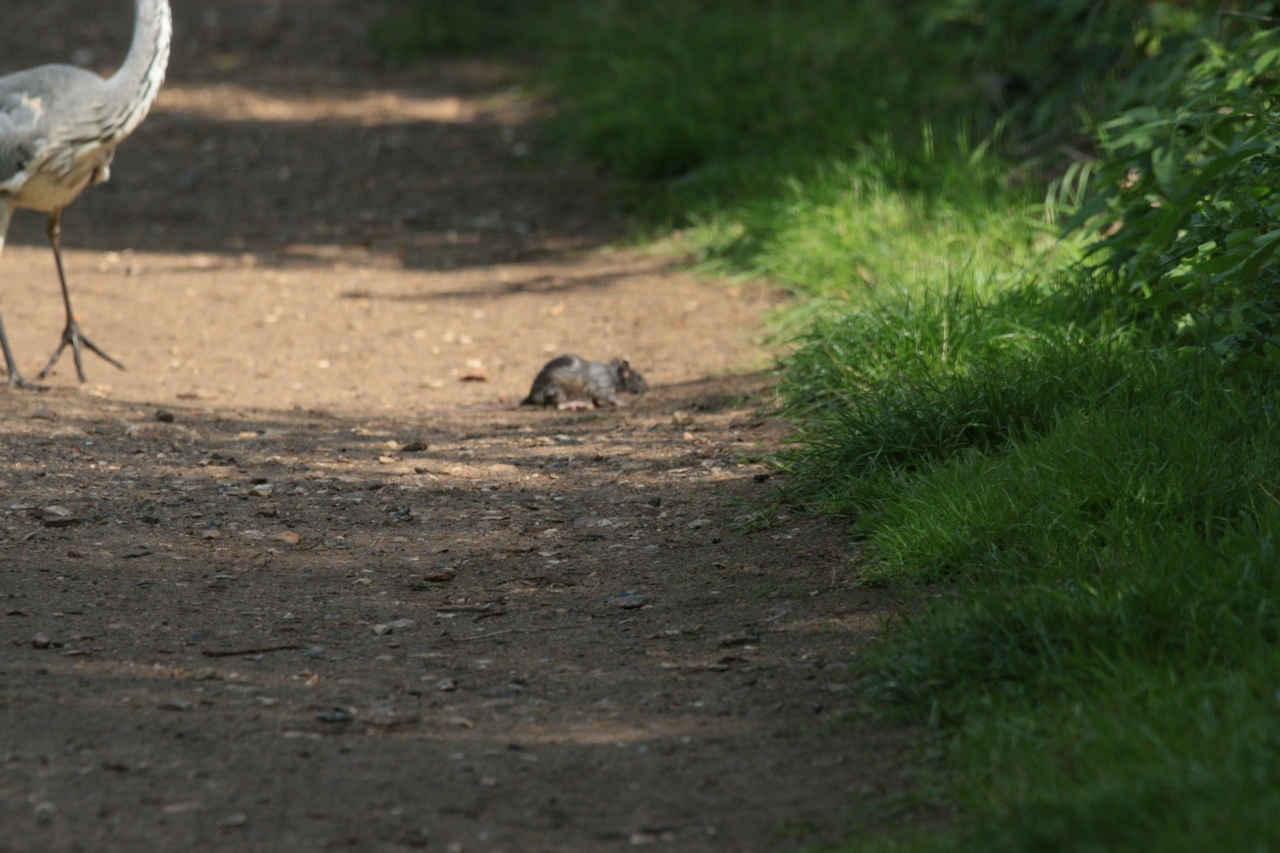
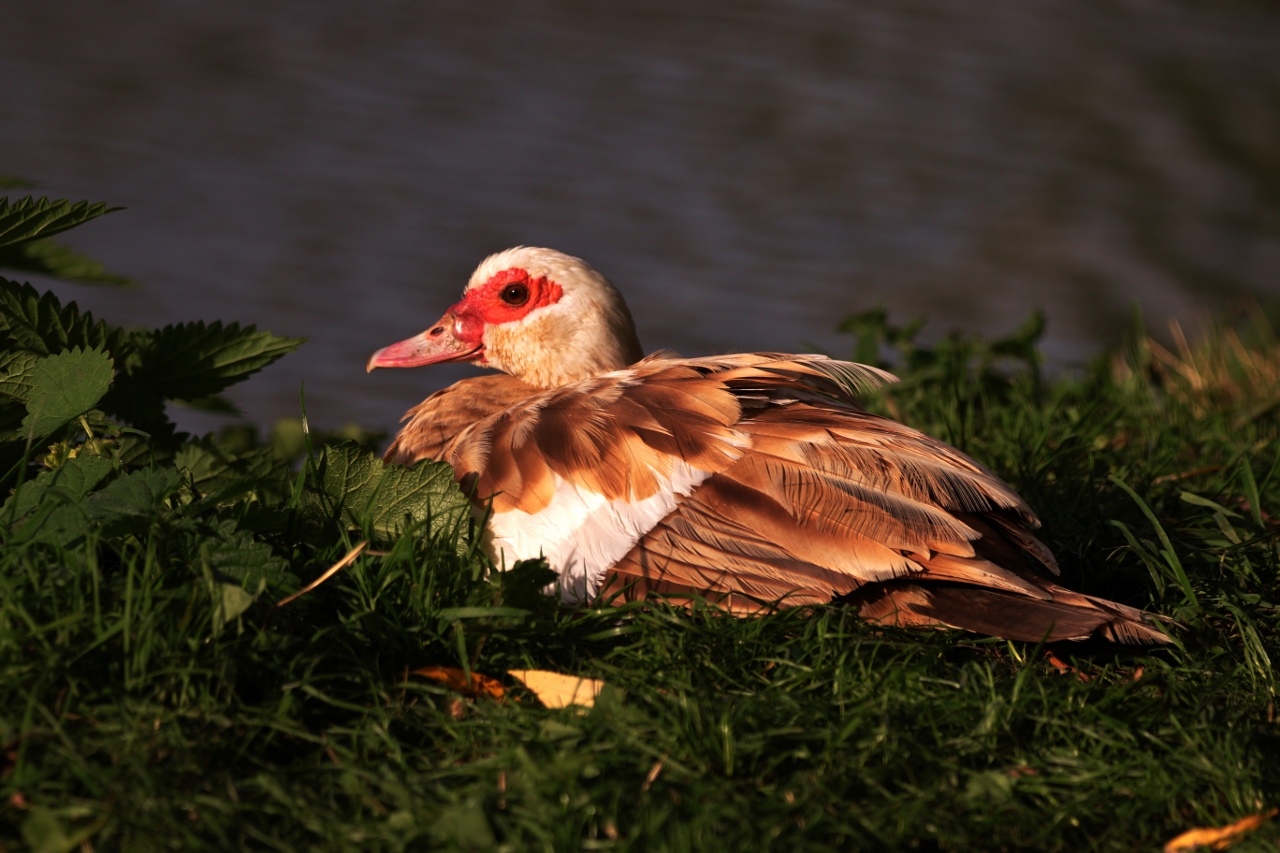
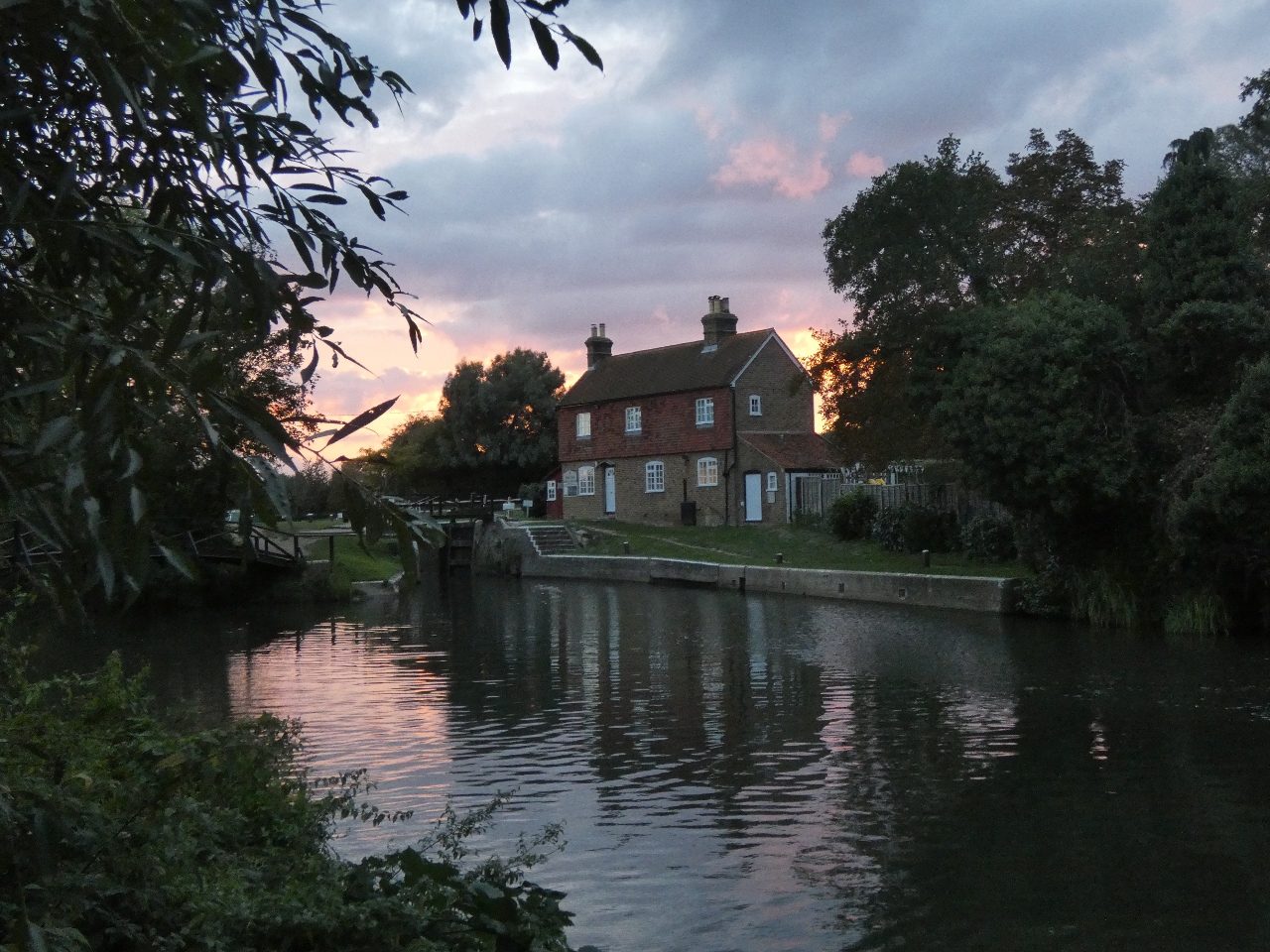


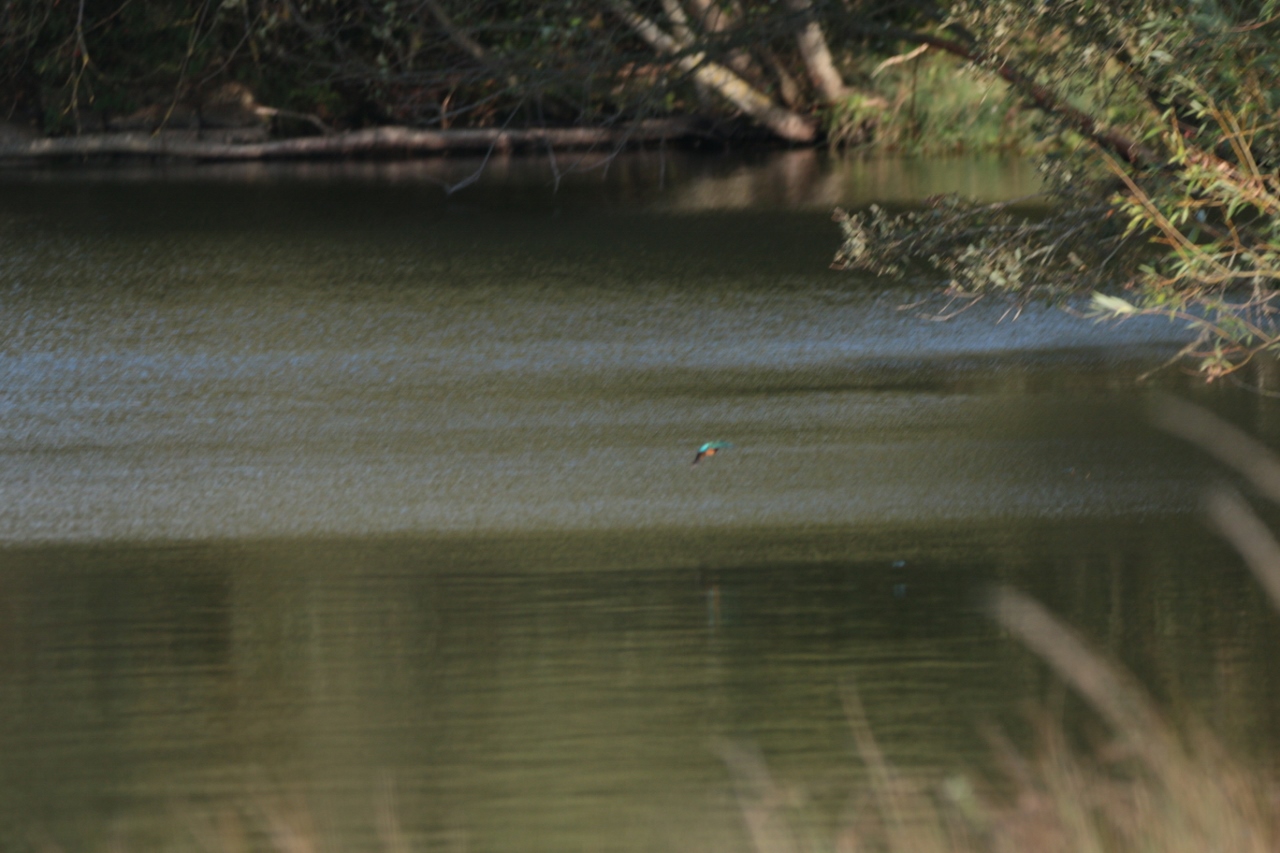
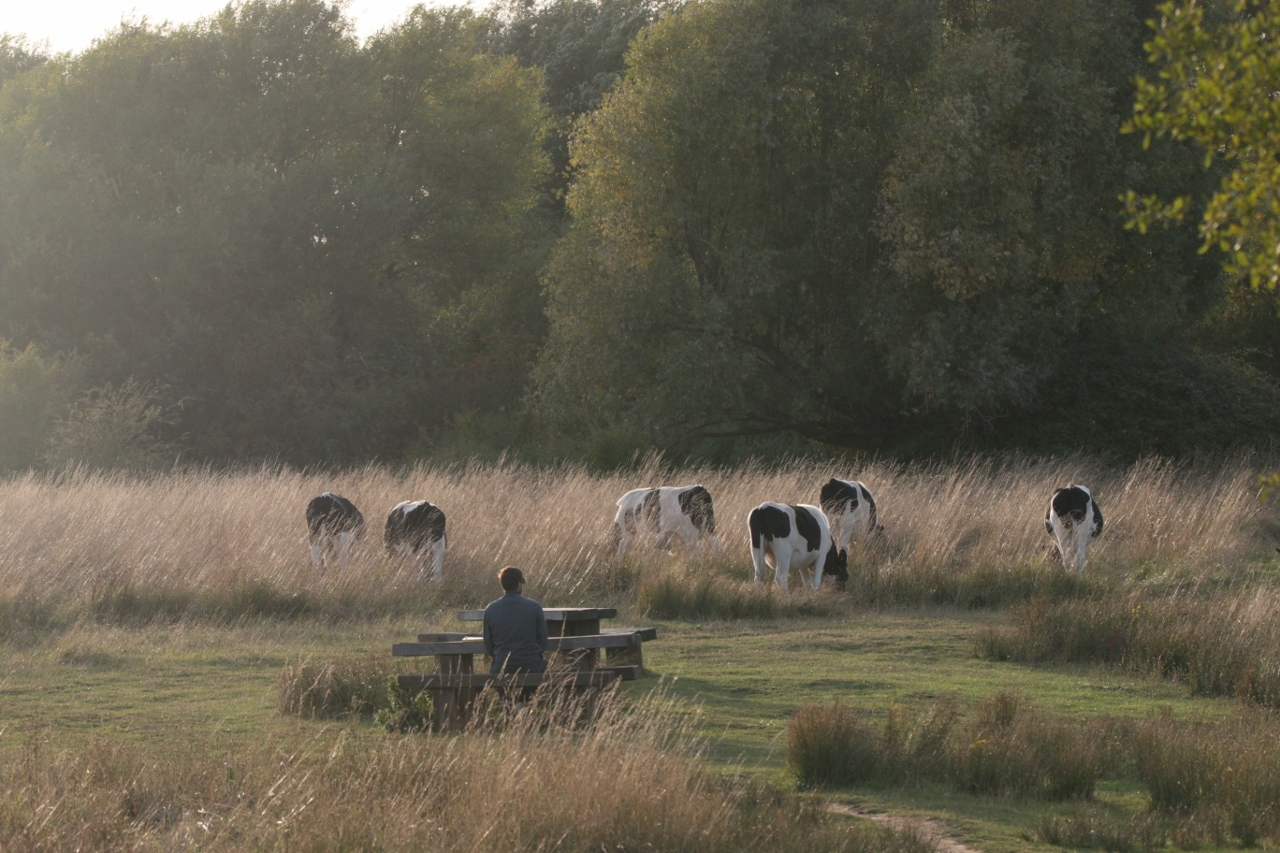
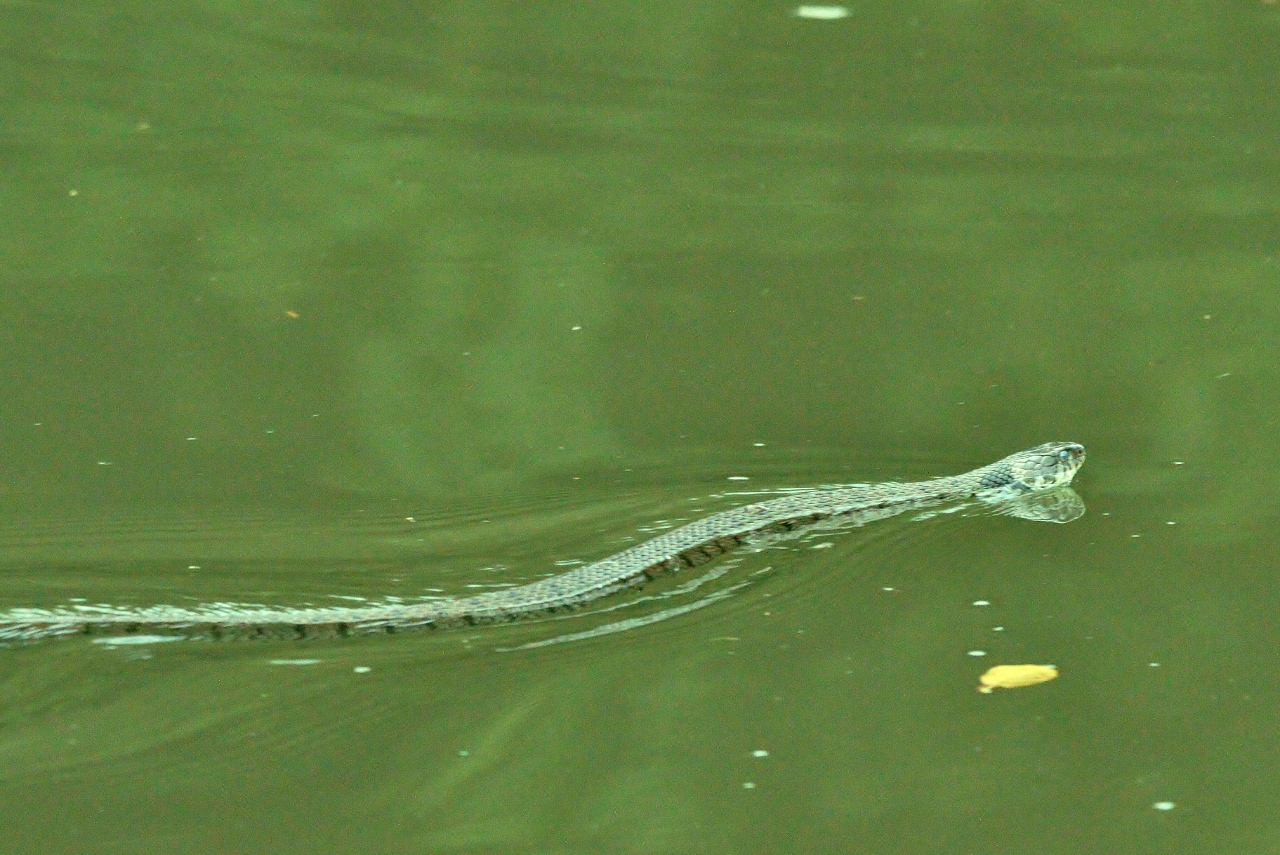
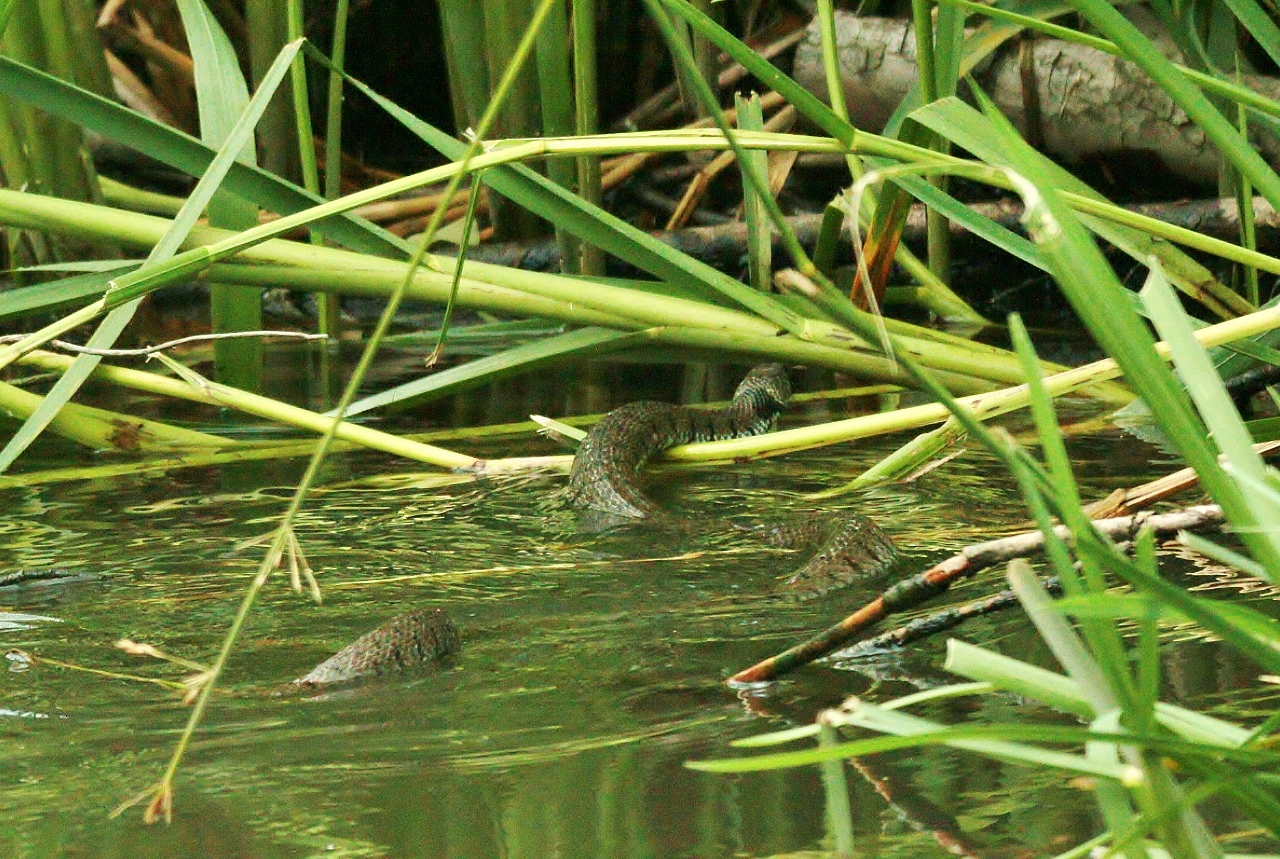
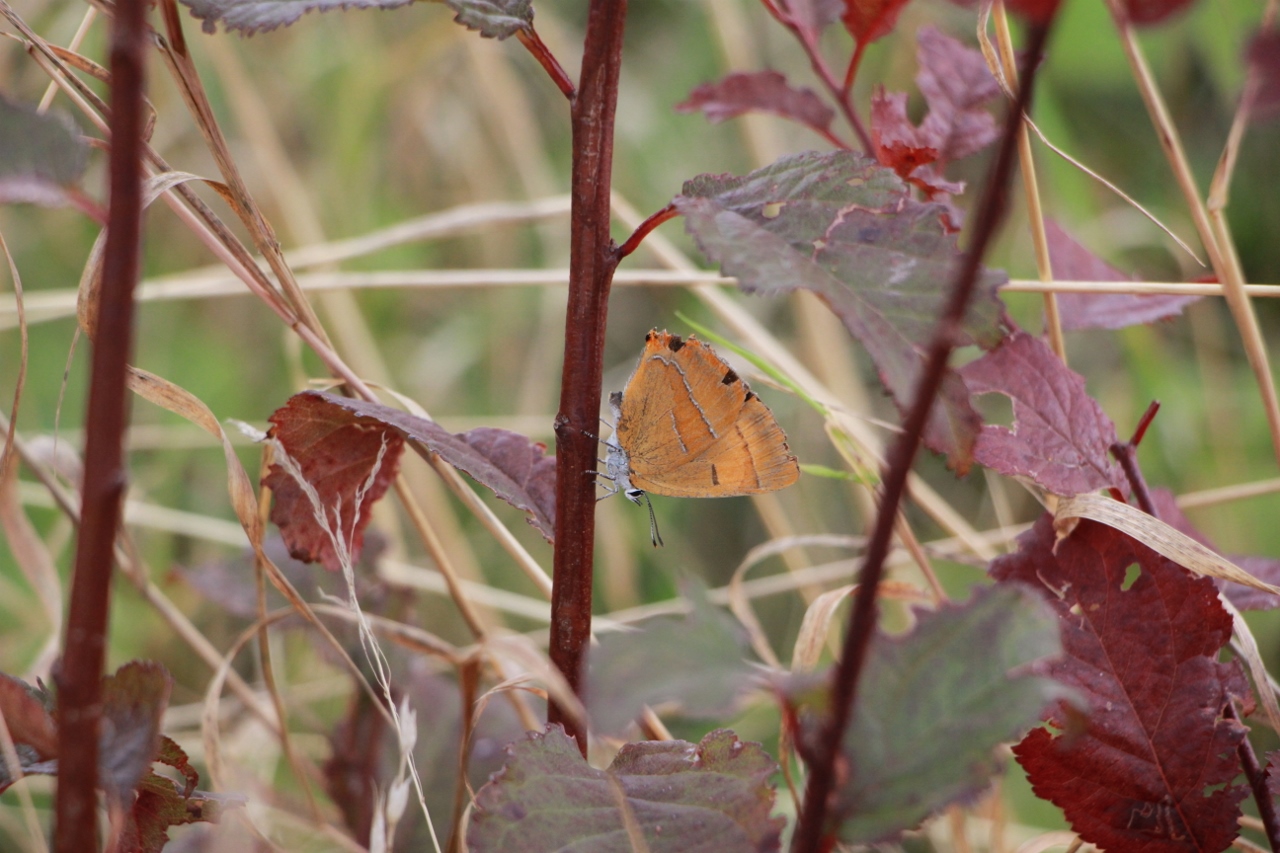

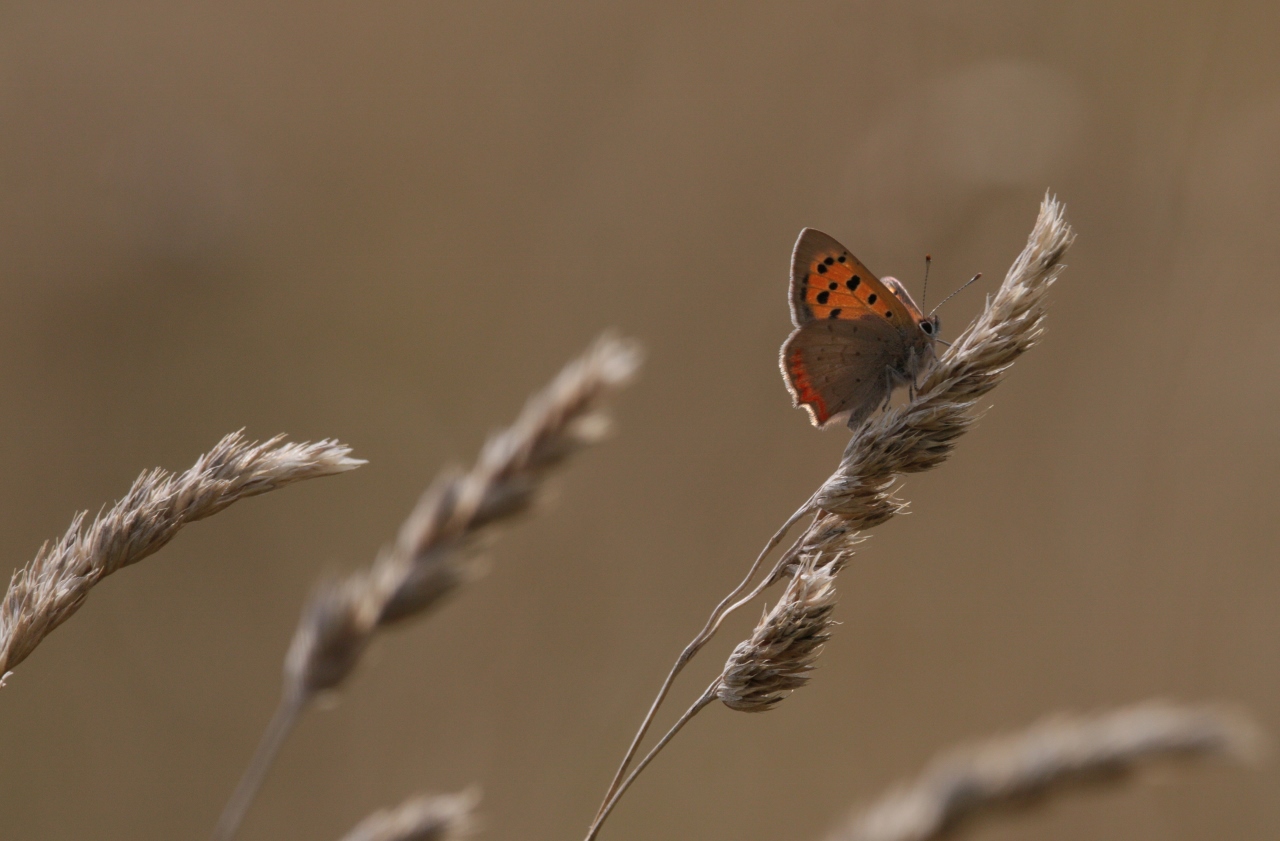
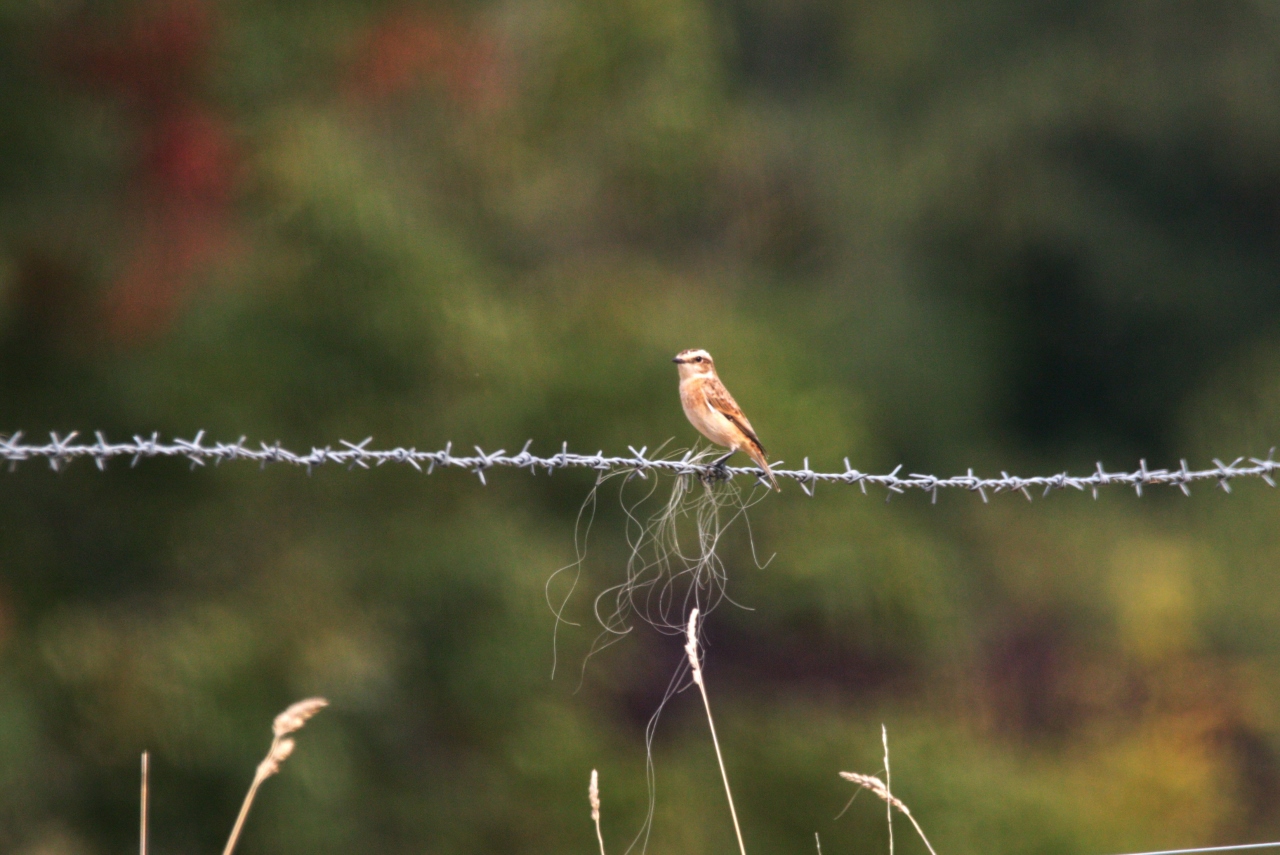



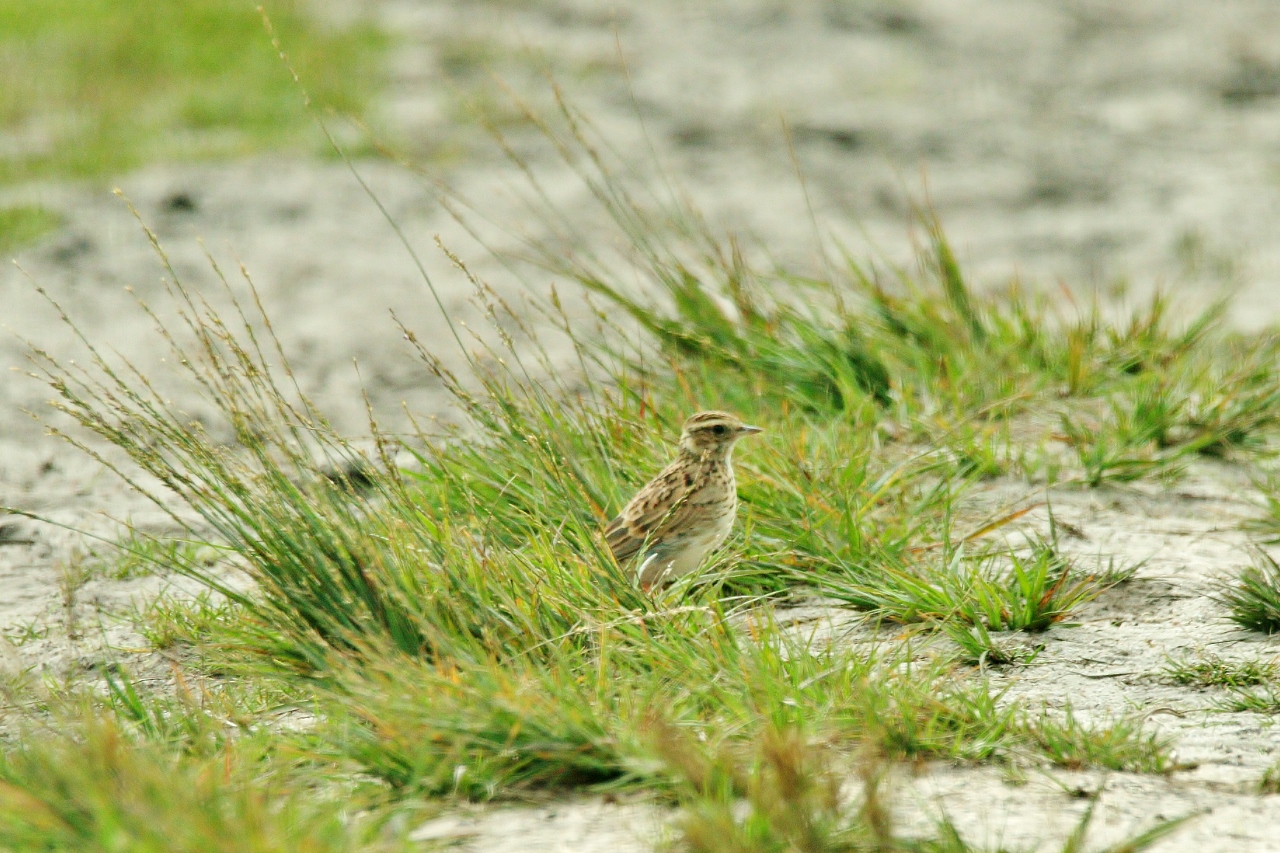
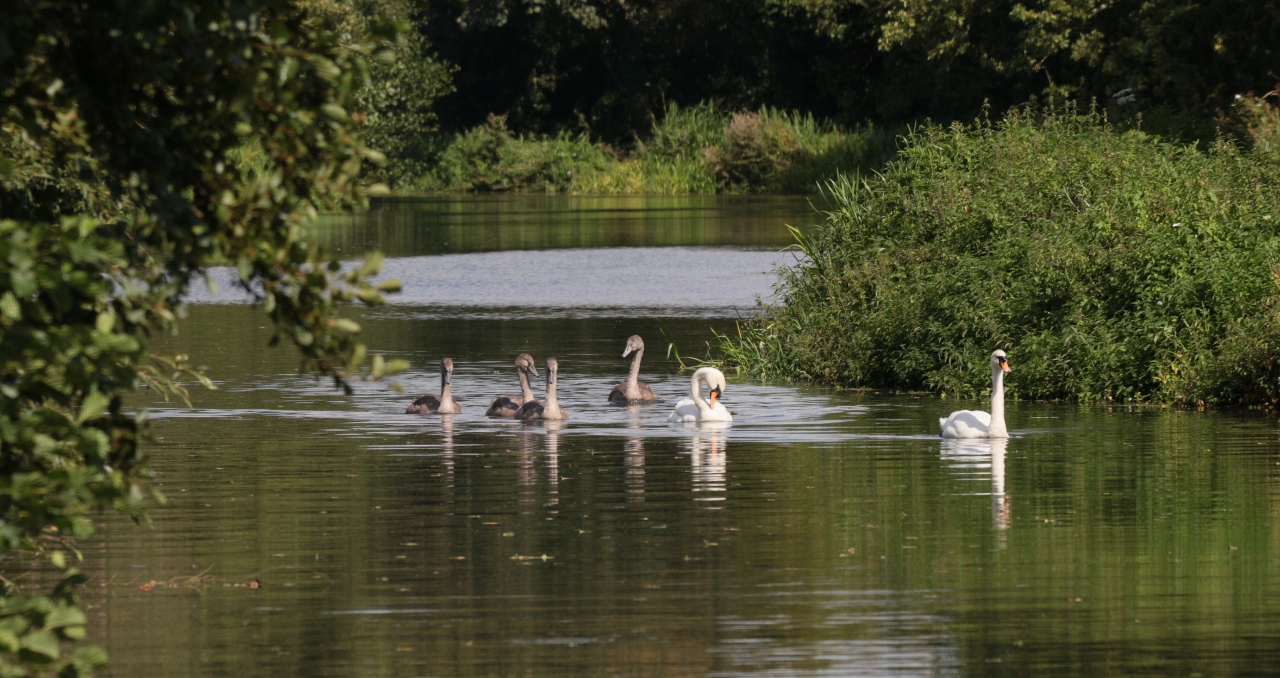
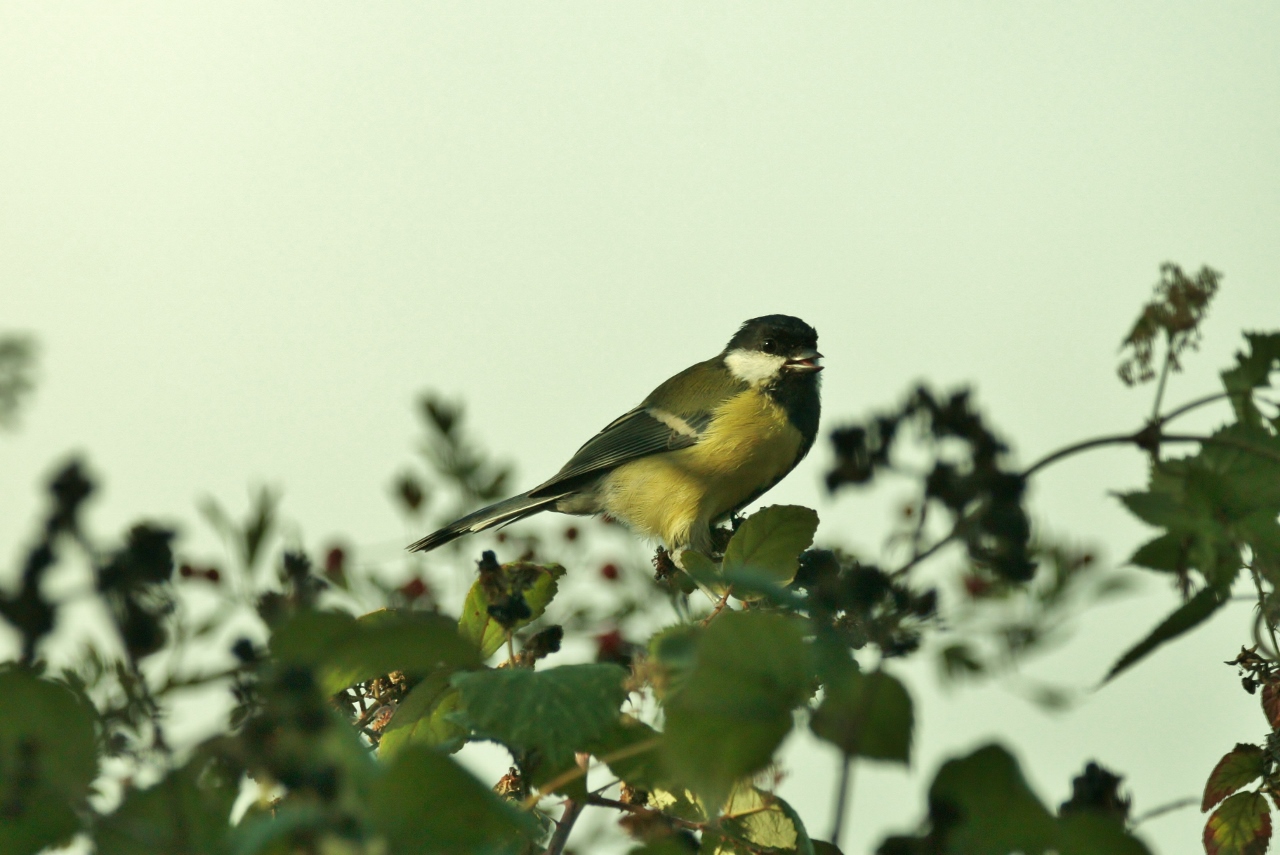
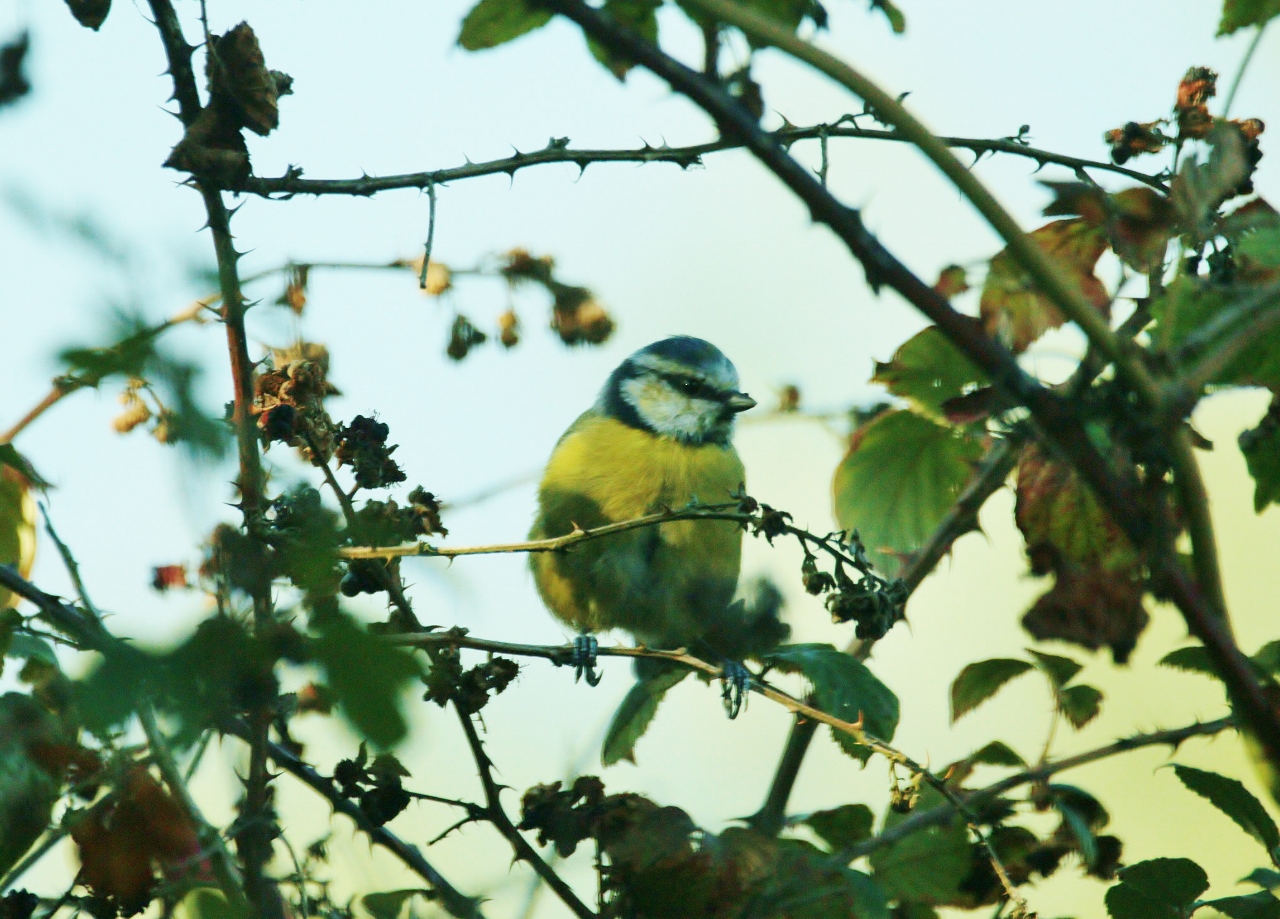


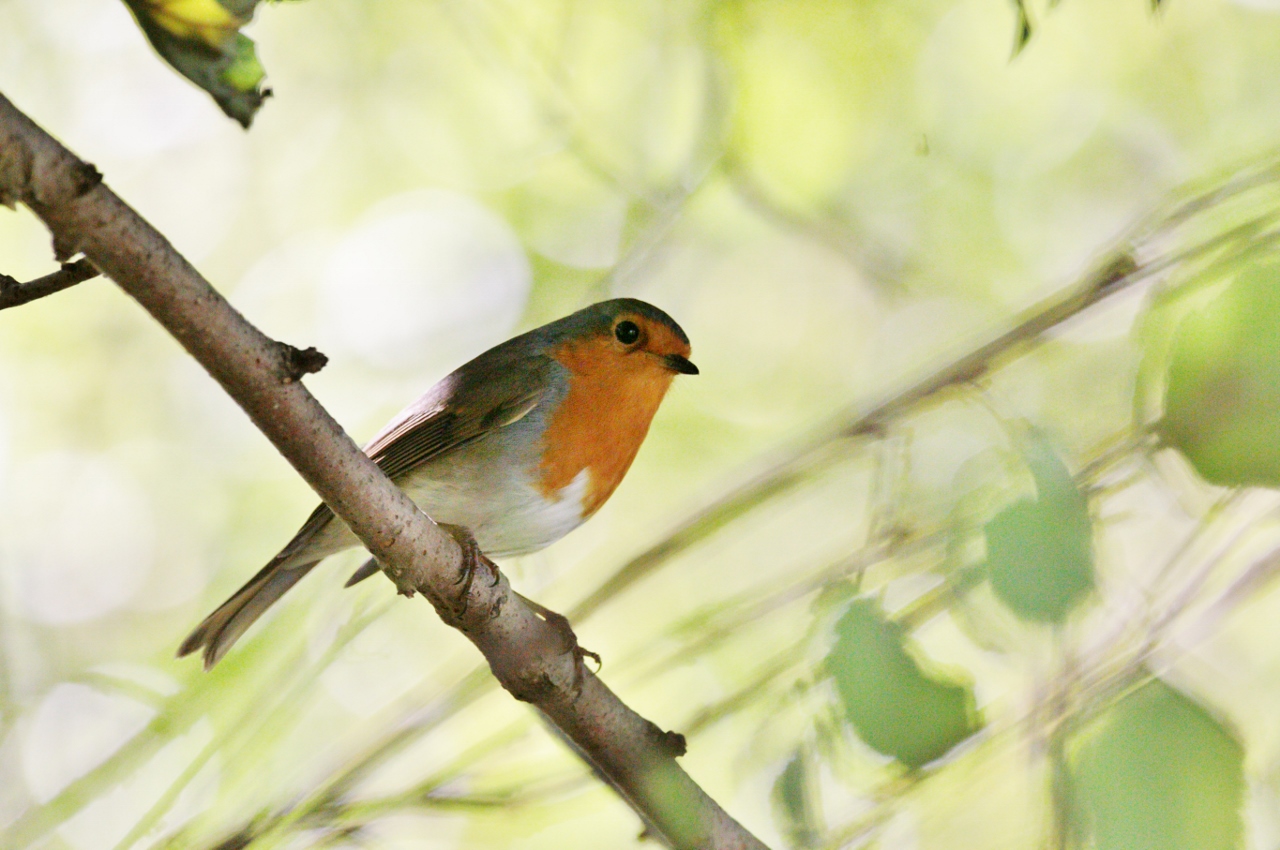
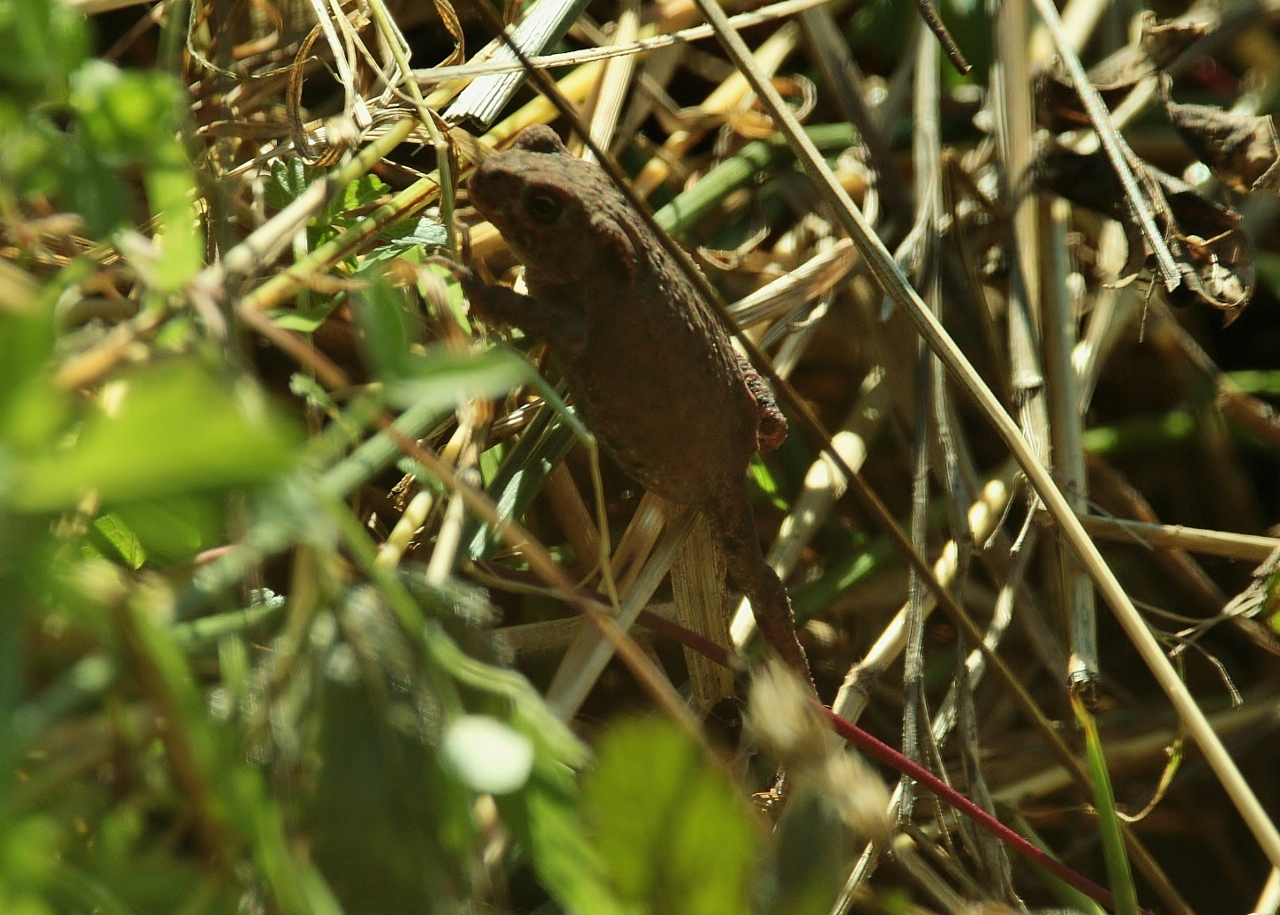
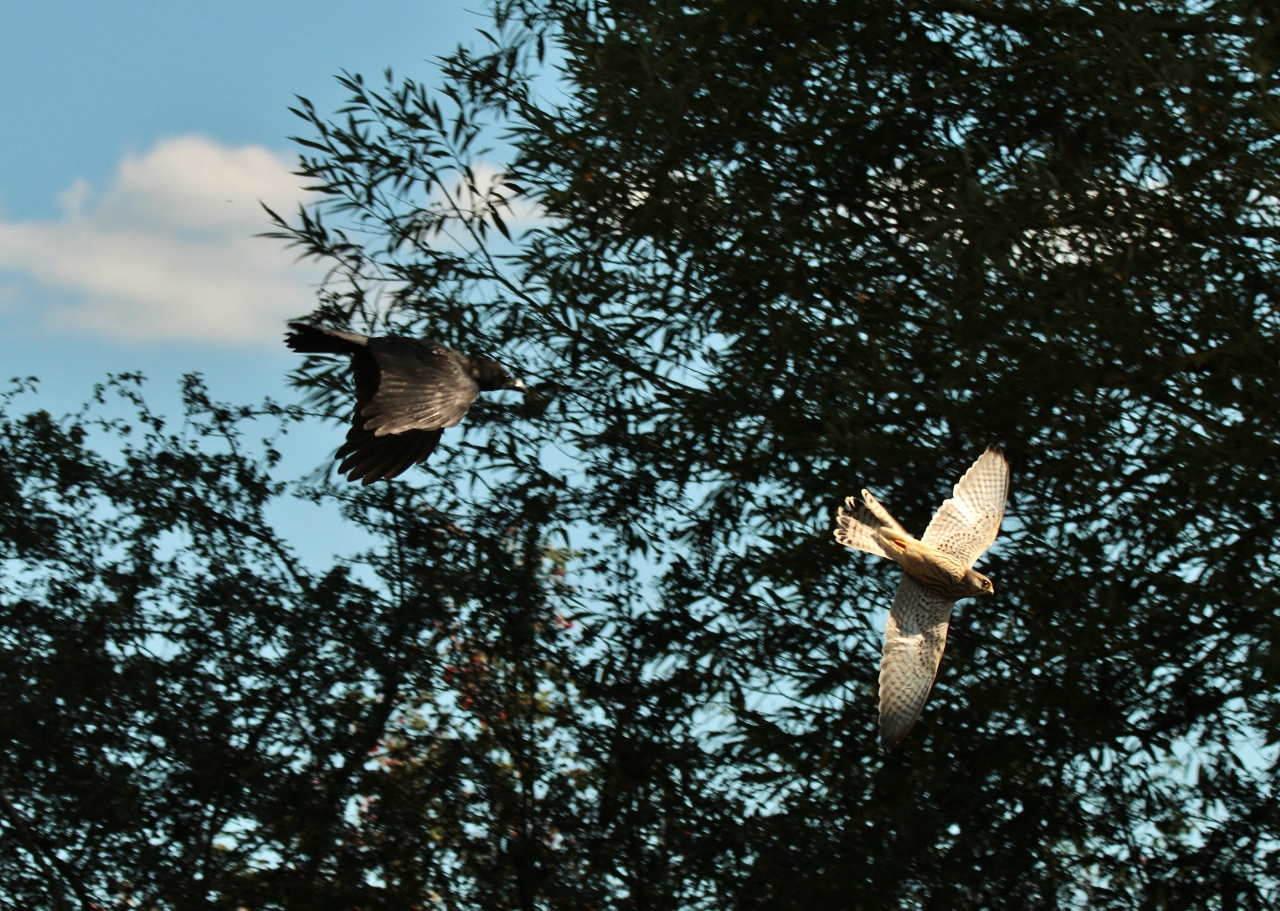


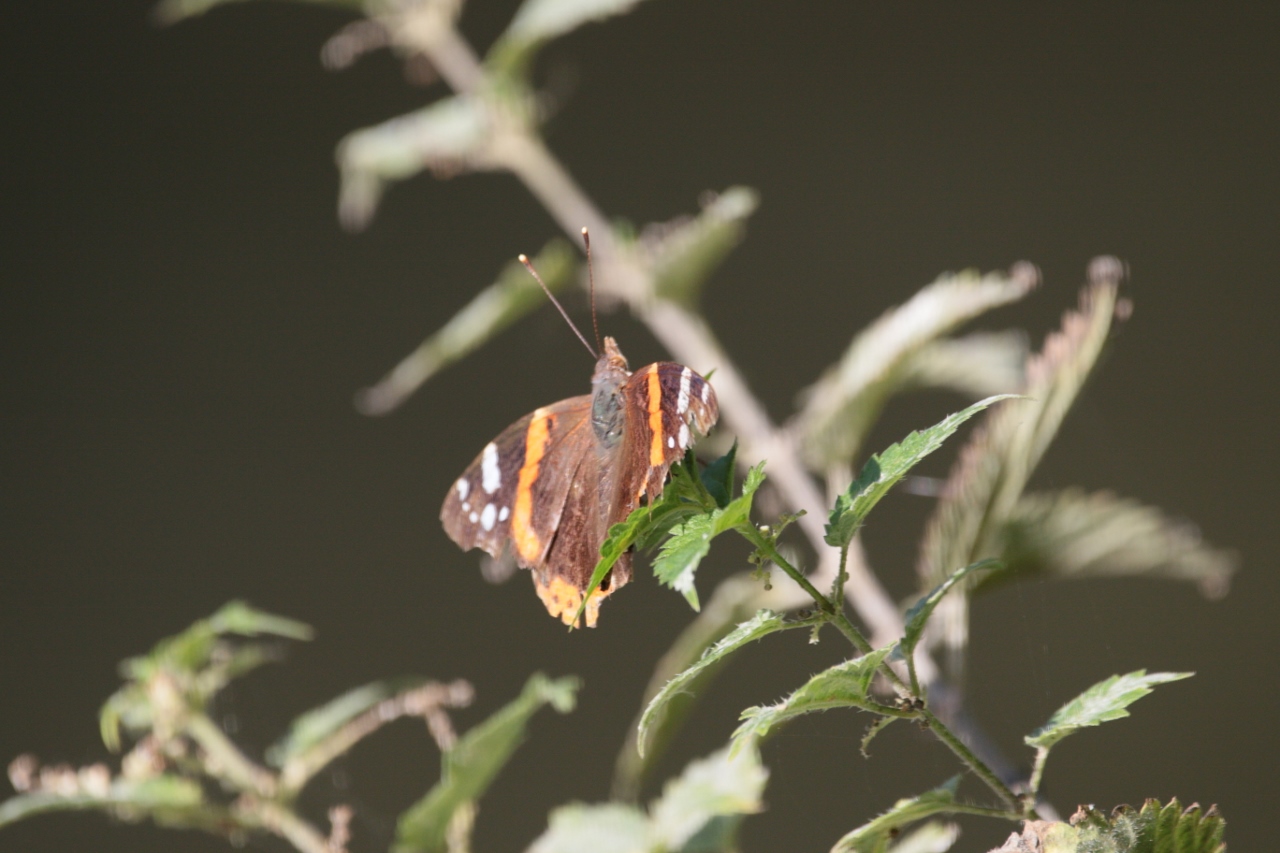

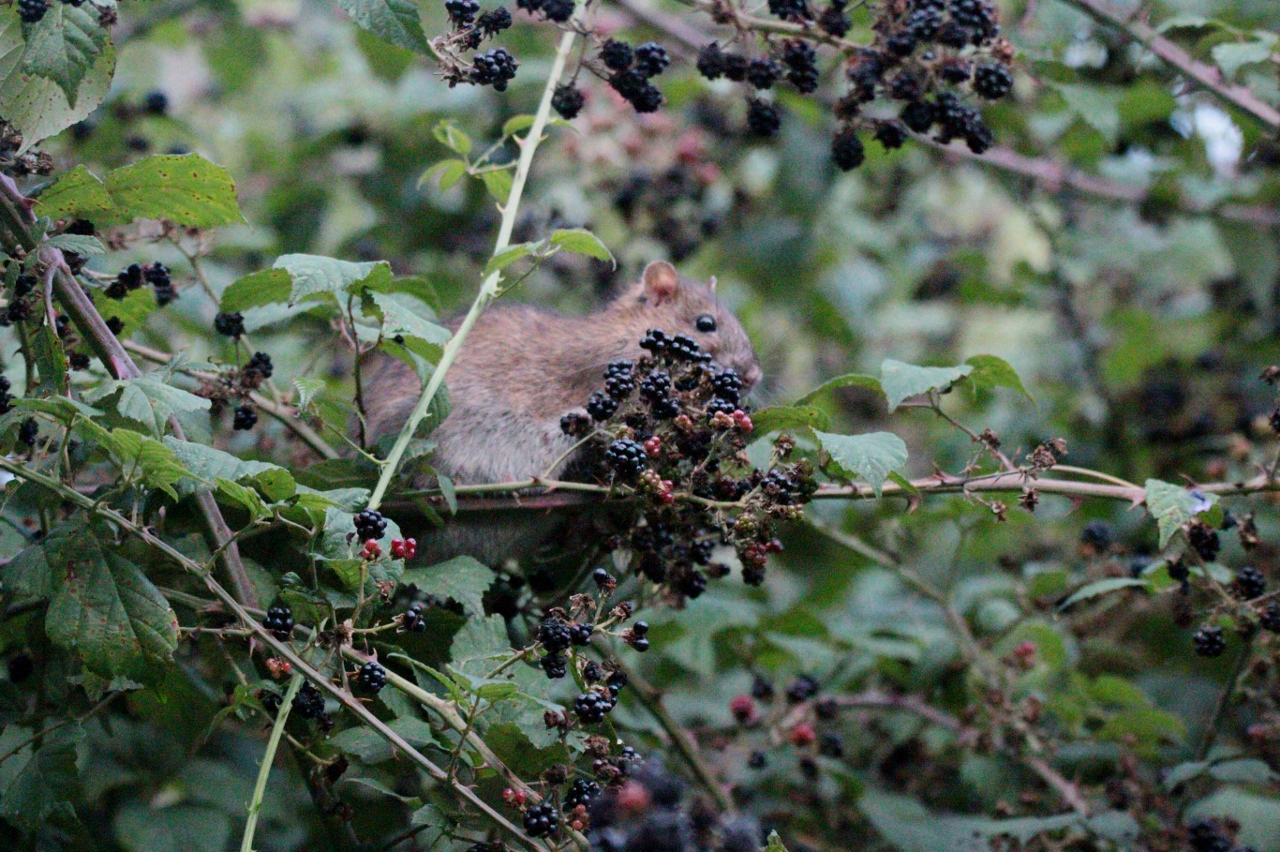








Recent Comments